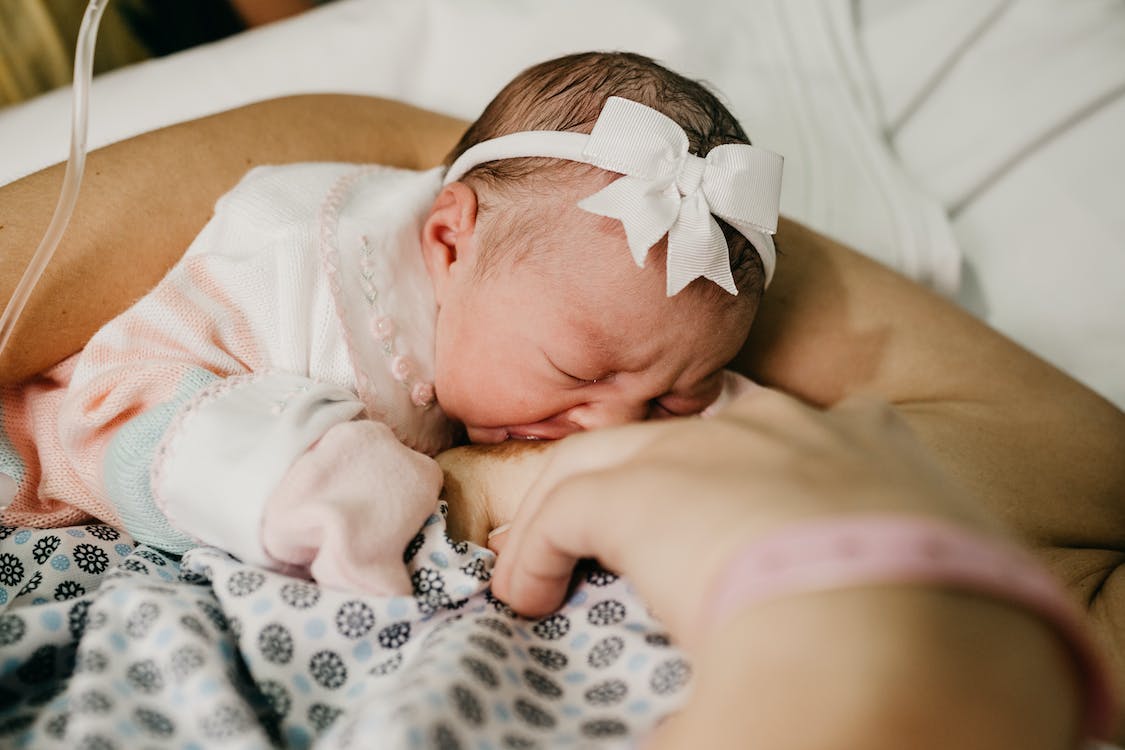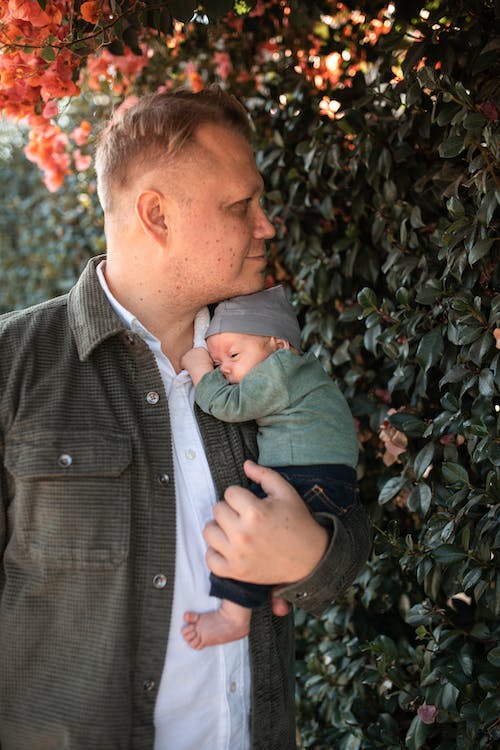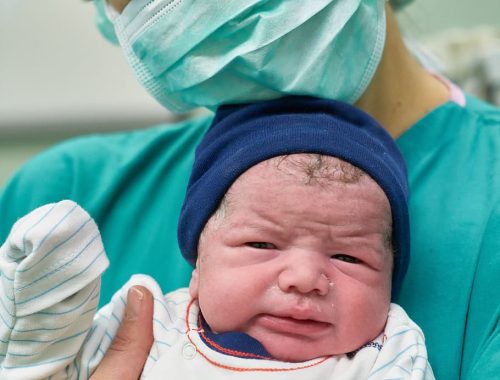
How to Choose Your Baby’s Clothes
How to Choose Your Baby’s Clothes
While baby clothes are primarily used to keep babies warm, it is also a pleasure for parents to dress them. However, their quality is almost as important as their hygiene: they must feel good in their diapers and pajamas!
Baby clothes: choose practicality over cuteness
Even before your child’s birth, you will need to put together a complete set of clothes to dress your baby from the moment he is born at the maternity hospital. The main role of baby clothes is to prevent the newborn from catching a cold and for the parents to ensure that the baby is beautiful and presentable for the first meeting with family and friends.
However, parents must always prioritize the baby’s comfort in his clothes. They must therefore choose each item of clothing carefully so that it is practical to put on and take off but also soft to the touch.
Tip: Choose natural fibers like cotton and soft wool that will keep your child warm and let his skin breathe.
Baby’s clothing kit
Before arriving at the maternity hospital, you’ll need to put together a set of clothes for the birth and the next few months… Not only so that your baby doesn’t lack anything but also because you won’t be able to go out and shop as you please once the baby is born.
In the kit of baby clothes that you will have to take with you to the maternity hospital, there should be:
– 5 to 8 pajamas;
– 5 to 8 bodies;
– 2 to 3 vests or bras;
– 5 to 8 pairs of socks;
– 1 to 2 sleeping bags (also called romper);
– 2 hats;
– 5 to 10 bibs;
– 1 pair of mittens.
Tip: You should always wash your baby’s new clothes before putting them on.
Baby clothes: mixed colors
If you know you’re giving birth to a girl, your baby’s outfit will probably be the same as a boy’s, except perhaps for the colors. Even if nowadays, you can wear blue for a girl and pink for a boy, it’s all a matter of taste or principle! If you do not know the sex of your unborn child, you can always bet on colors called mixed, such as:
– green;
– yellow;
– mauve;
– white;
– beige.
Besides the color, during the first weeks of a baby’s life, the difference between boys’ and girls’ clothes will not be so noticeable since he will be dressed only in pajamas at the beginning. After a few months, the most considerable and unique distinction will be in skirts, dresses, and tights for girls and pants for boys.
Size of baby clothes
You won’t have to rely solely on size 0 or birth-baby clothes for your maternity kit. You can already use the estimated birth weight and height that your gynecologist-obstetrician will give you:
– for a premature or relatively small baby up to 48 cm: size for premature ;
– for a baby from 48 to 52 cm: birth size;
– for a baby from 53 to 56 cm: size 1 month;
– for a baby from 57 to 65 cm: size 3 months.
It is advisable to take pajamas of several sizes to the maternity hospital to have what will suit the baby.
Comfort and practicality of baby’s clothes

In addition to not speaking, babies cannot make specific gestures, such as covering or scratching themselves. It is up to the parents to anticipate and manage the baby’s well-being, particularly by choosing appropriate clothes that are easy to put on and take off. They must be perfectly adapted to:
– to the size of the child;
– to his skin;
– to the temperature.
Preferred cuts and materials for baby clothes
As a matter of principle, babies do not like to be dressed and undressed, so you will have to choose practical clothes that can be put on and taken off quickly without having to manipulate baby in all directions and, at best, without putting anything on him! Some clothes are therefore to be preferred:
– Clothes with snaps: whether it is bodies or pajamas. For the onesies, avoid those with ties, which can untie themselves and discover baby, but also sometimes long to remove because of the knot to untie.
– Clothes with an opening at the crotch: more practical and quicker when you have to change the diaper without taking everything off baby, who generally does not like nudity.
– Soft and natural materials: like soft (and non-scratching) wool, cotton, and organic cotton. Synthetics are to be avoided because of the irritations they could cause to baby. Baby’s skin is fragile and must be respected.
– Loose and wide cuts: to avoid baby being too tight in his clothes and, therefore, uncomfortable.
Choosing baby’s clothes according to the season
A baby’s body is not yet able to regulate its temperature. It is, therefore, necessary to continuously ensure that his body temperature is maintained at 37° C. Moreover, it is necessary to avoid all costs a too direct exposure to the sun and to protect him from the wind, the draughts, and the rain:
– If your child is born in winter, he will need warm clothes with good coverage, especially on the extremities of the body: gloves, slippers, hat, etc.
– If your child is born in the summer, he or she will need light, covering clothes to avoid the sun’s harmful effects: small soquettes, a cap or sun hat, etc.
– Depending on the temperature, you should always cover your baby correctly, but not too much. As a guideline, look at what you wear yourself and remember that baby needs as many layers of clothing as you do, if not more!
Cost of baby clothes
To prepare your baby’s trousseau and be equipped for the first few weeks of his birth, you will need to spend between $130 and $220. To spend less, you can always ask friends and family to lend you some clothes or buy them second-hand.
Remember that there is no point in buying many clothes because a newborn baby grows very quickly. He or she may not be able to wear the things you bought for him or her. It’s safer to buy as the weeks go by.
Tip: wait before buying too many baby clothes. All your relatives might offer you some at birth, and often much more than you imagined!

How to Keep Baby Safe Every Day
You May Also Like

Understanding Rubella: A Guide to Baby Disorders and Illnesses
2023-06-21
Paving the Path: Football for Kids – A Viable Career Choice
2023-12-29
One Comment
Pingback: